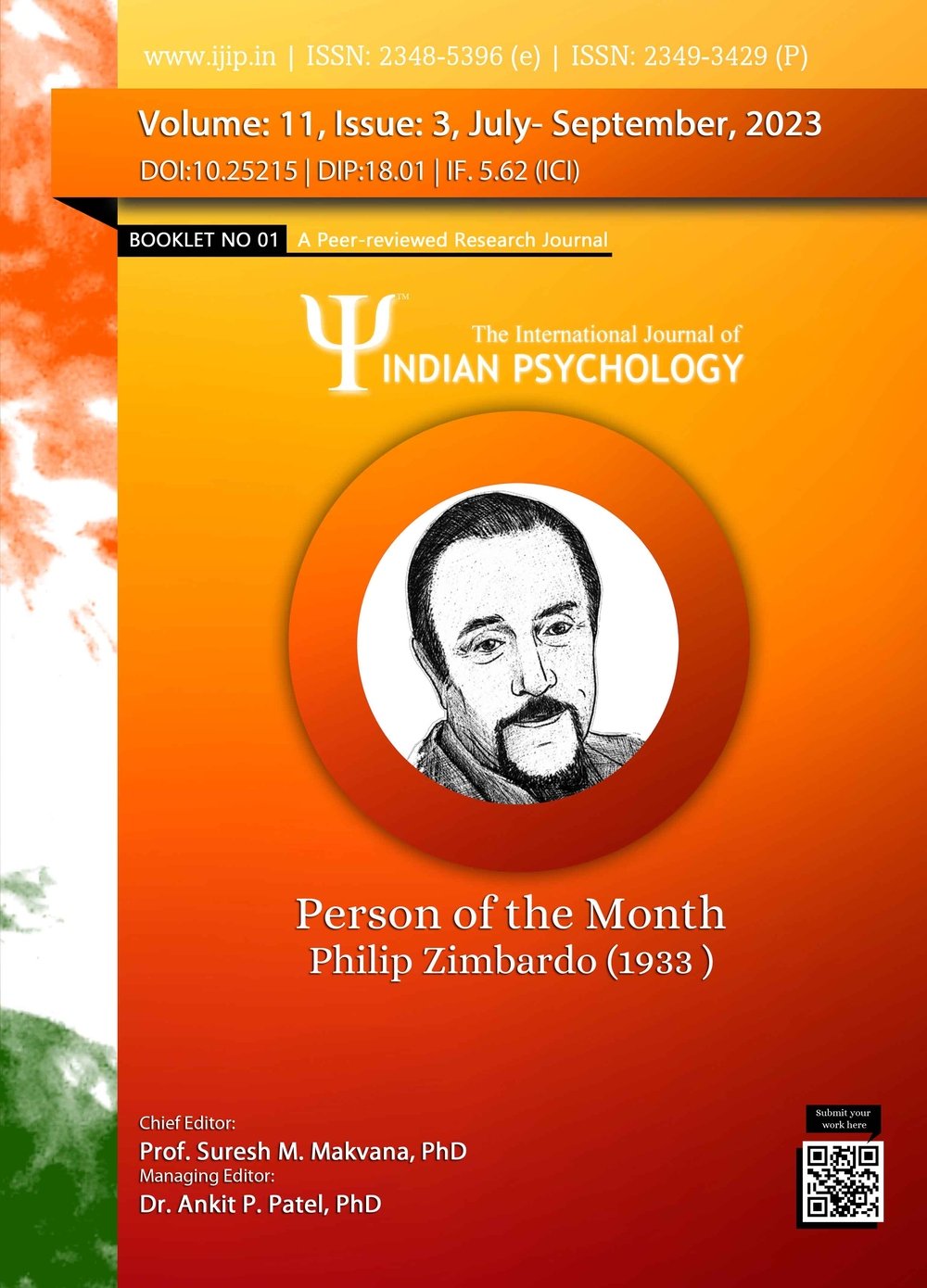Critical Appraisal on Sattvavajaya Chiktsa and its Possible Correlation & Integration with Rational Emotive Behavior Therapy
DOI:
https://doi.org/10.25215/1103.347Keywords:
Sattvavajaya Chiktsa, Possible Correlation, Integration, Rational Emotive Behavior TherapyAbstract
Sattvavajaya Chikitsa (SC) and Rational Emotive Behavior Therapy (REBT) share philosophies and techniques for managing emotional disturbances through rational thinking. Sattvavajaya provides ancient wisdom, holism and ethics as a means while REBT offers modern psychological tools, exploring integration through investigation could yield helpful clinical synergies. In spite of differing origins, both offer cognitive emotive and behavioral techniques for transforming distorted thinking patterns. Integrating Sattvavajaya Chikitsa holistic methods with REBT’s structured belief change strategies may have synergistic effects. However, systematic research is needed before clinical integration. Each system has unique strengths that could complement the other. Further, cross cultural studies on both approaches are warranted. Sattvavajaya Chikitsa is an Ayurvedic system of psychotherapy focusing on cultivating mental purity by restraining the mind from dysfunction. It involves techniques to withdraw consciousness from unwholesome thoughts and guide it towards Sattva(balance). The methodology regulates thinking, channels assumptions, refines objectives, and promotes insight. Main technique involves gaining self-knowledge, scriptural wisdom, mental strength, improved will power& cognition and meditation. Dr. Albert Ellis’s brain child REBT on the other hand aims to help individuals abandon irrational, absolustistic thinking in favor of flexible & rational philosophies. It employs cognitive, emotive and behavioral techniques. REBT helps identify and dispute irrational beliefs using reason and logic to develop more rational thinking and balanced responses. Both systems see irrational beliefs as underlying emotional/behavioral disturbance. They use logic and persuasion to correct distorted thinking and encourage clients to gain philosophical insight. The therapist actively disputed irrational ideas in both approaches. They focus on current thinking rather than past issues. Both aim to induce contrary emotions to dysfunctional feelings. They integrate cognitive, emotive, and behavioral interventions.Metrics
No metrics found.
Published
2022-11-05
How to Cite
Aeshwarya Raj, & Jyoti Shankar Tripathi. (2022). Critical Appraisal on Sattvavajaya Chiktsa and its Possible Correlation & Integration with Rational Emotive Behavior Therapy. International Journal of Indian Psychȯlogy, 11(3). https://doi.org/10.25215/1103.347
Issue
Section
Articles


